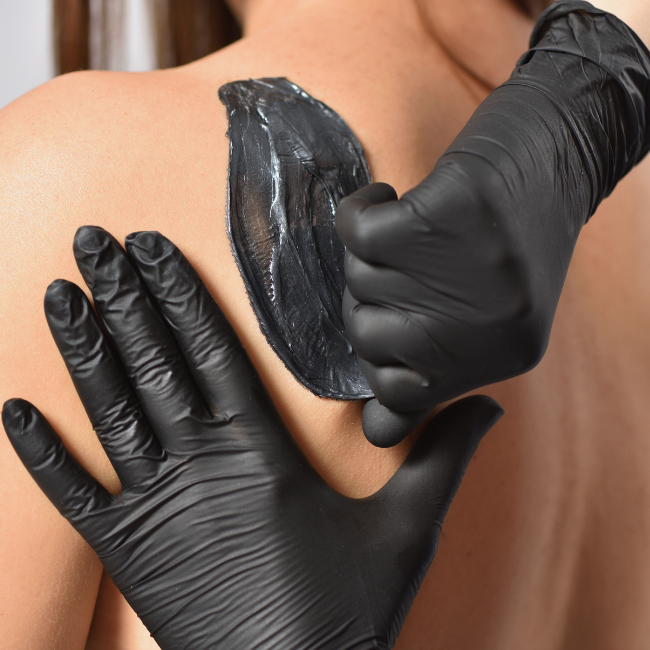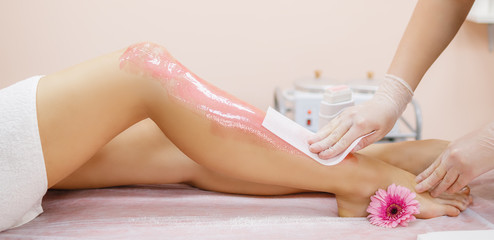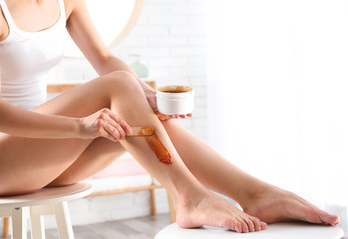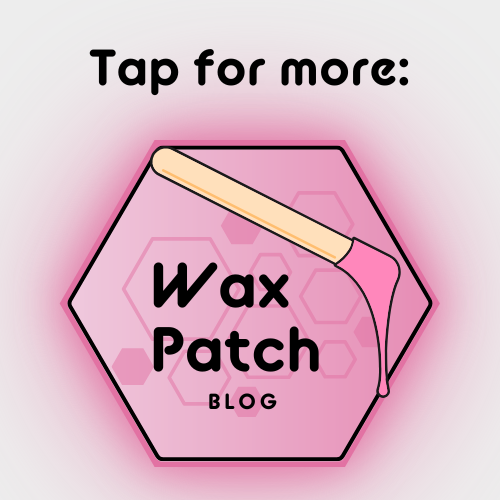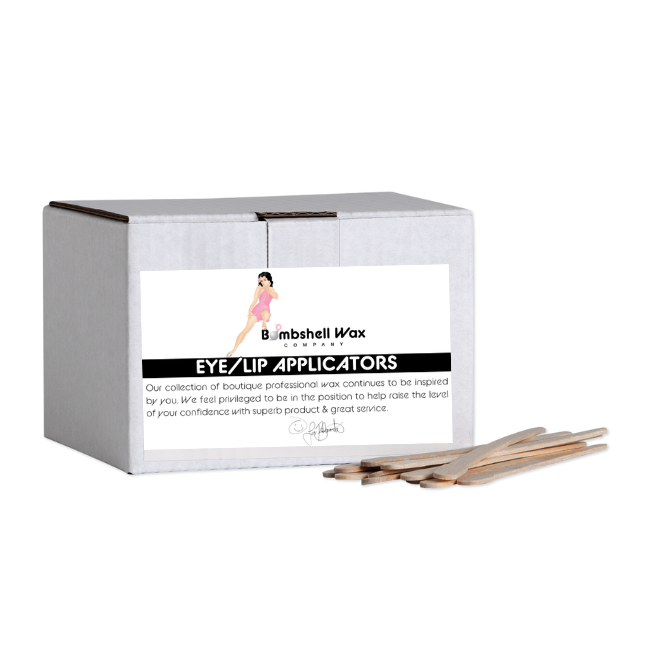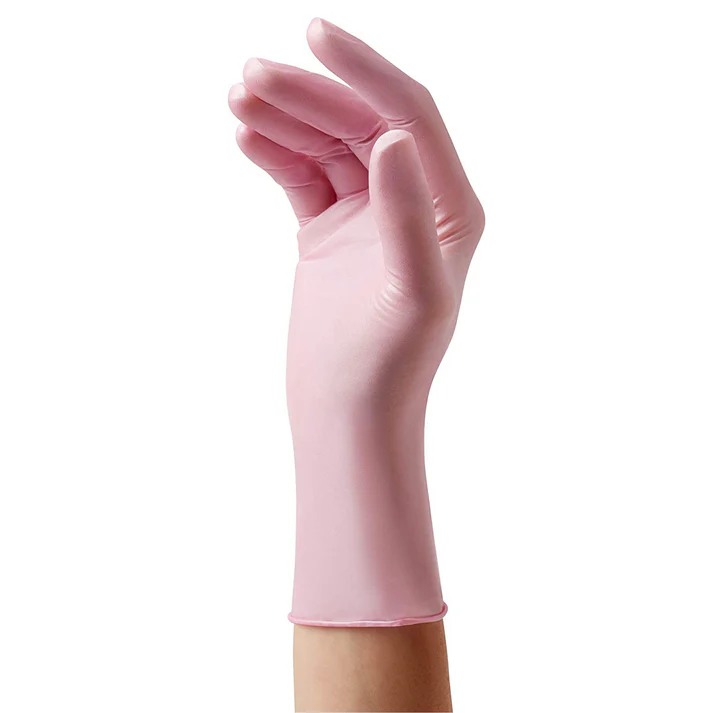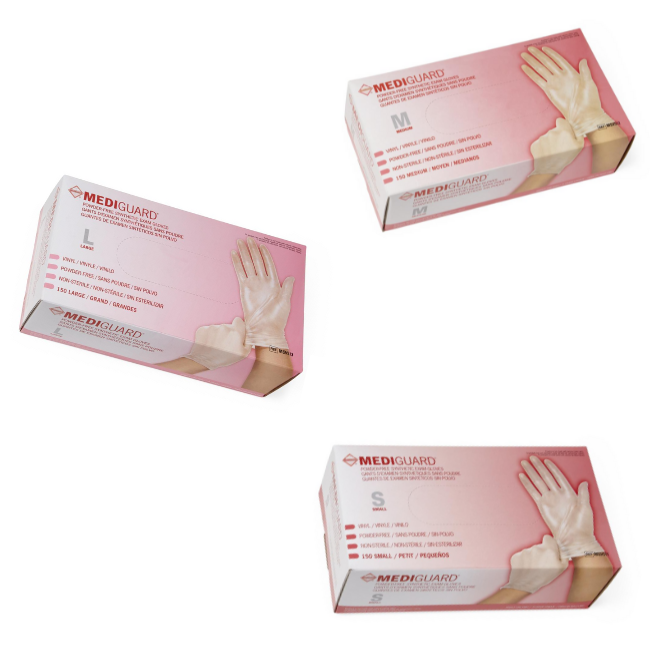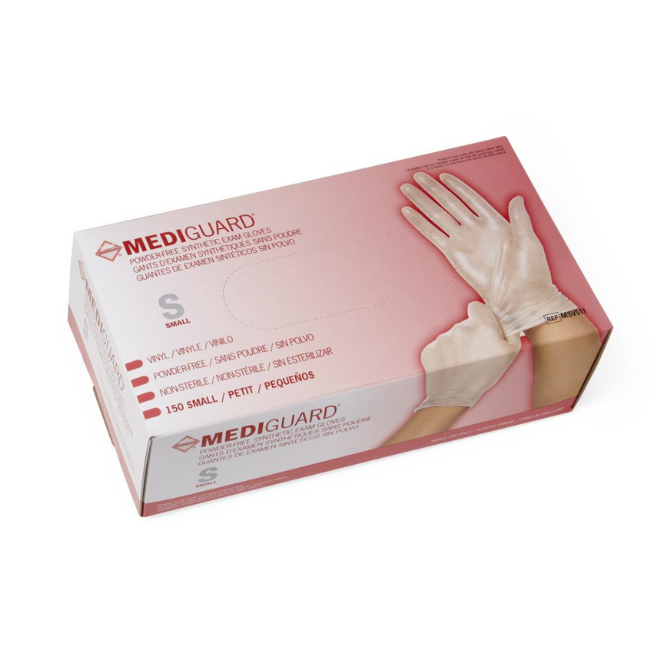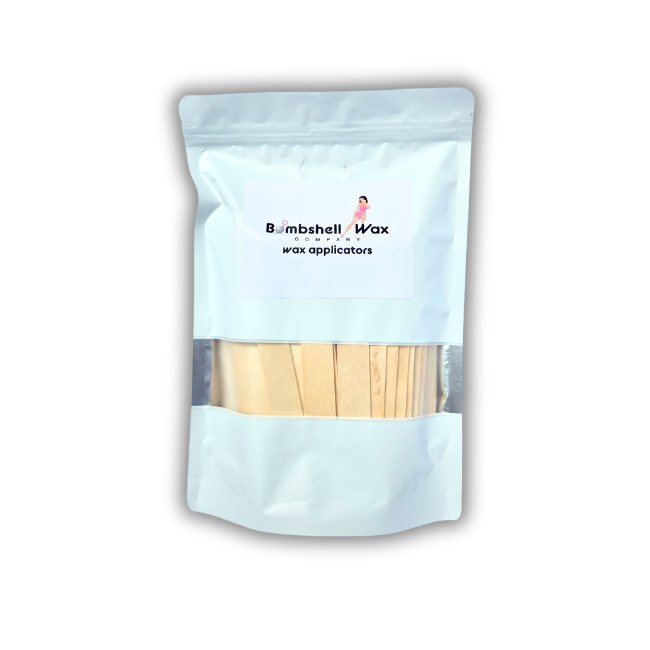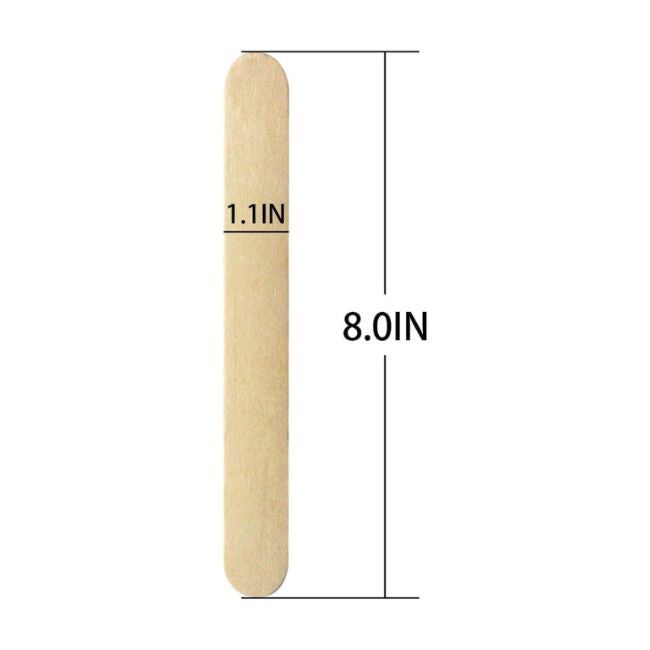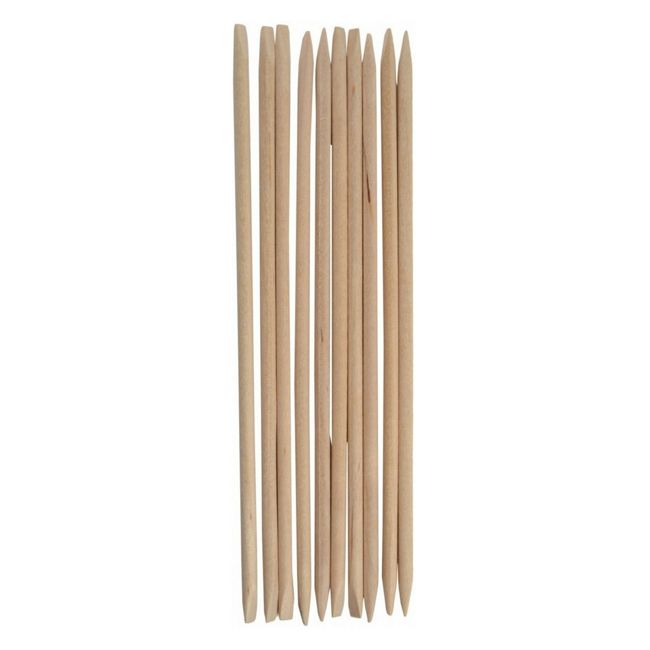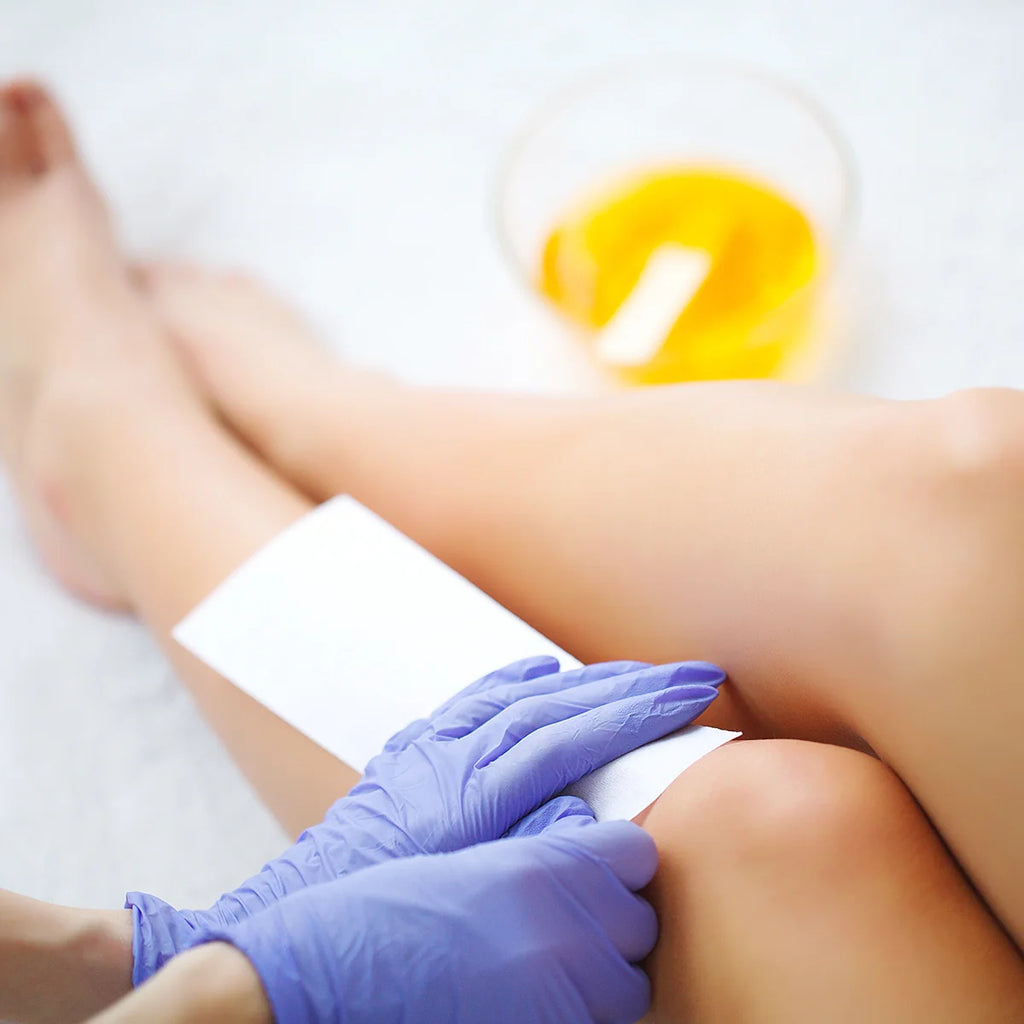

Skin Waxing 101: Best Practices for Sensitive Skin
Waxing When Your Skin Reacts Easily
Waxing removes hair from the root, which is why results last longer than shaving. The tradeoff is mechanical trauma to the skin surface, which can trigger redness, stinging, folliculitis, or ingrown hairs, especially on sensitive or reactive complexions. The good news is that technique, timing, and product choice can dramatically reduce irritation. This guide distills dermatologist-backed advice and safety rules into a practical routine you can follow at home or take to the salon. We will cover prep, application, aftercare, and what to avoid if you use retinoids, acids, or isotretinoin.
Definitions and Core Concepts
Waxing
A hair removal method that adheres resinous wax to hair, then removes it quickly to extract hair from the follicle. Results typically last three to four weeks. Irritation is possible due to mechanical pull, heat, and ingredients such as colophony (rosin).
Sensitive skin
Skin that more readily shows stinging, burning, tightness, or redness after cosmetic products, temperature, or friction. In waxing, sensitivity increases with recent use of retinoids, alpha hydroxy acids, sunburn, or isotretinoin.
Hard vs soft wax
Hard wax cools and is removed without strips, often being gentler on small or delicate areas. Soft strip wax is efficient on larger areas, but can be more likely to grip the skin. Choice and technique matter more than the label for irritation control.
Sugaring
A paste of sugar, lemon, and water that removes hair from the root and can be less irritating for some because it is used at lower temperatures and can adhere less to live skin. It is a good alternative for sensitive zones.
Folliculitis and ingrown hairs
Inflammation or infection of hair follicles, and hairs that curl back into the skin after removal. Prevention focuses on gentle exfoliation, clean technique, and non-occlusive aftercare.
Step-by-Step: A Sensitive-Skin Waxing Routine
-
Check your medical and product contraindications
-
Do not wax while taking isotretinoin or for six months after stopping, as waxing can strip the epidermis and cause scarring. Avoid Brazilian or facial waxing during this window. Switch to trimming or electric shaving. Expected outcome: prevent skin tears and scarring. Pitfall: assuming “cold” wax is safe during isotretinoin, it is not.
-
Pause facial retinoids 2–5 days before waxing your face. Avoid waxing recently AHA-treated areas, as they may have increased sun sensitivity. Expected outcome: less skin lifting. Pitfall: waxing over retinoid-sensitized skin.
-
Skip waxing over sunburn, rashes, active acne, moles, warts, or open wounds. Expected outcome: avoid infection and pigment change.
-
Time the hair length
Trim to about 1/4 to 3/4 inch so the wax grabs hair effectively without excessive tugging. Outcome: cleaner pull with fewer repeats. Pitfall: hair too short to catch or too long, which increases pain. -
Patch test your wax
Test a 1-inch section 24 hours before a full session, especially if you have a history of allergies. Watch for redness or a delayed itchy rash. Colophony, a component of many waxes, is a known allergen. Outcome: identify sensitivity before a large application. Pitfall: skipping the test if you changed brands. -
Prep the skin
Gently cleanse to remove oil and products, then dry thoroughly. On humid days, a light dusting of cornstarch or powder can improve adhesion. Avoid fragranced pre-treatments on sensitive skin. Outcome: consistent adhesion with less residue. Pitfall: waxing over damp skin, which weakens grip. -
Warm up safely and test the temperature
Follow the kit directions exactly. Test wax on your inner wrist. It should feel warm, not hot. Outcome: prevent thermal irritation. Pitfall: microwaving without monitoring, which creates hot spots. -
Apply with the growth, remove against, hold skin taut
Spread a thin, even layer in the direction of hair growth. Press the strip, then, with the other hand, hold the skin taut and remove it quickly in the opposite direction. Avoid “slow peels.” Outcome: cleaner extraction, fewer broken hairs. Pitfall: lifting straight up, which bruises and leaves stubble. -
Work in small sections, especially on sensitive zones
Eyebrows, upper lip, underarms, and bikini line do better with smaller passes. Outcome: better control and less irritation. Pitfall: covering too large an area at once, requiring multiple re-passes. -
Post-wax first 30 minutes: calm and protect
Immediately apply a cool compress. Use a bland, oil-free, or non-comedogenic moisturizer. Avoid occlusive, heavy balms if you are prone to ingrown hairs. Outcome: reduced redness and barrier support. Pitfall: using fragranced lotions that sting. -
Post-wax 24–48 hours: avoid heat and friction
Skip hot baths, saunas, tight clothing, vigorous workouts on newly waxed areas, and sun exposure. If you use AHAs elsewhere, be cautious with the sun, as AHAs can increase UV sensitivity for up to a week. Outcome: fewer bumps and pigment issues. -
Preventing ingrowns with gentle maintenance
After 48–72 hours, introduce gentle exfoliation once or twice weekly and continue lightweight hydration. If ingrown hairs develop, pause hair removal until they improve and use warm compresses and gentle exfoliation. See a clinician for infection signs. Outcome: smoother regrowth, fewer bumps. Pitfall: aggressive scrubs that re-irritate.
Strategies and Frameworks That Reduce Irritation
The “S-LOW” Framework for Sensitive-Skin Waxing
-
Screen: Review meds, actives, conditions. No isotretinoin for six months. Pause facial retinoids before facial waxing.
-
Length: Hair 1/4–3/4 inch. Trim first, never shave the day of.
-
Option: Choose hard wax or sugaring for sensitive areas, and use soft strip wax on larger, less sensitive areas.
-
Wind-down: Use a cool compress and non-comedogenic moisturizer. Avoid heat and friction for 24–48 hours.
When to Choose Sugaring vs Waxing
-
Sugaring is a suitable option if you react to common wax resins or prefer room-temperature application, which can be gentler on the skin.
-
Hard wax is ideal for small or delicate areas, as it grips hair but releases skin more readily.
-
Soft strip wax for legs and arms when efficiency matters, provided your skin tolerates it.
Salon Hygiene Checklist
At a professional studio, look for: a posted license, gloves, no double-dipping with sticks, a clean wax pot and rollers, and proper disinfection. Avoid waxing if you have varicose veins in the area, a sunburn, or an open wound. Outcome: safer service, lower infection risk.
Contraindications and Cautions Cheat Sheet
-
Absolute: Current isotretinoin or within six months of stopping.
-
Relative/common: Recent strong exfoliation or chemical peels, recent intense sun exposure, active rashes, open lesions, or areas with moles or warts.
-
Medical caution: Diabetes, blood thinners, immunosuppression, phlebitis, or varicose veins in the area. Consult a clinician first.
Confident, Calm Waxing For Sensitive Skin
Sensitive skin can absolutely tolerate waxing with the right precautions in place. Start by screening for medication and active-ingredient conflicts. Choose a gentler method, such as hard wax or sugaring, for delicate zones, and insist on excellent hygiene. Prep smart, remove decisively with taut skin, then cool and protect. Track your results and adjust your routine to minimize redness and bumps while maintaining smoothness between sessions. If irritation persists or you are taking isotretinoin, consider safer alternatives until your skin is ready.
Methodology note: This guide synthesizes recommendations from board-certified dermatology organizations, major medical centers, and regulatory guidance on ingredient safety, prioritizing sources reviewed or updated within the last five years, as recency is a key consideration.



